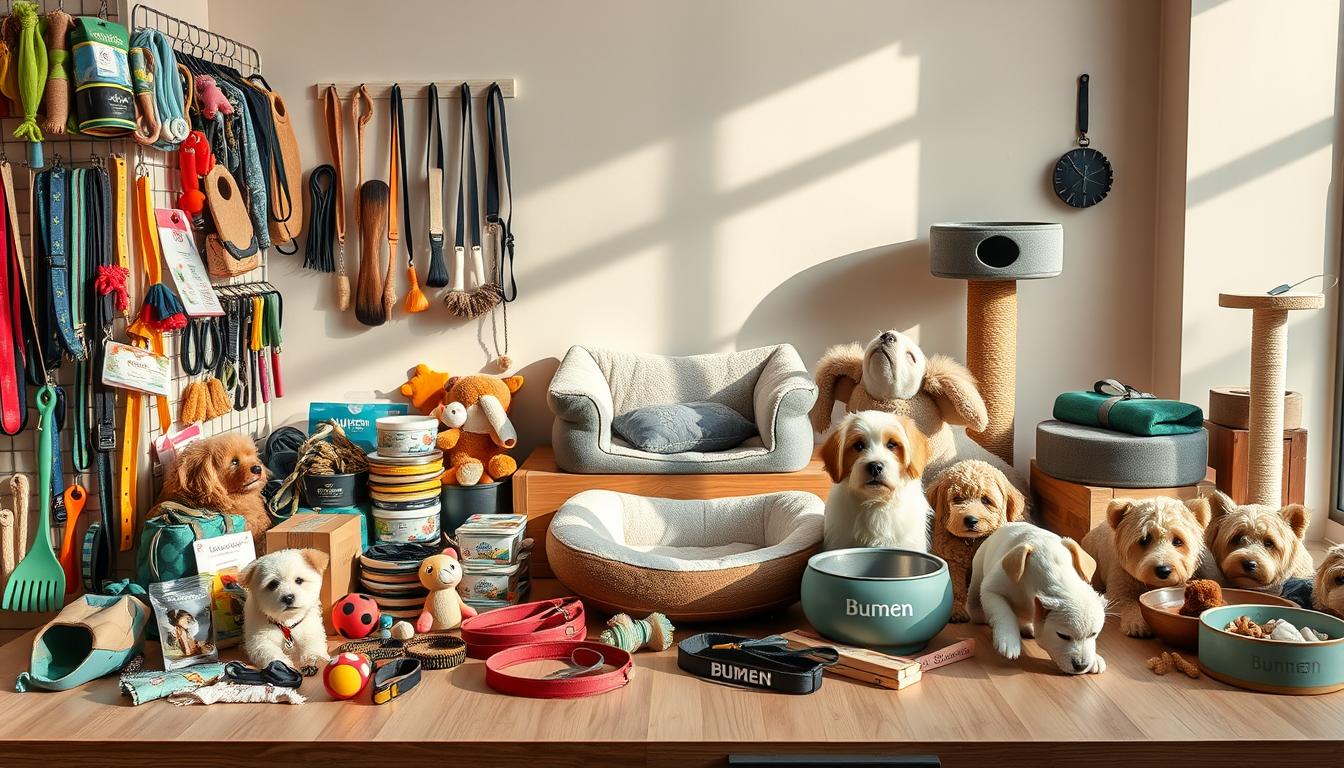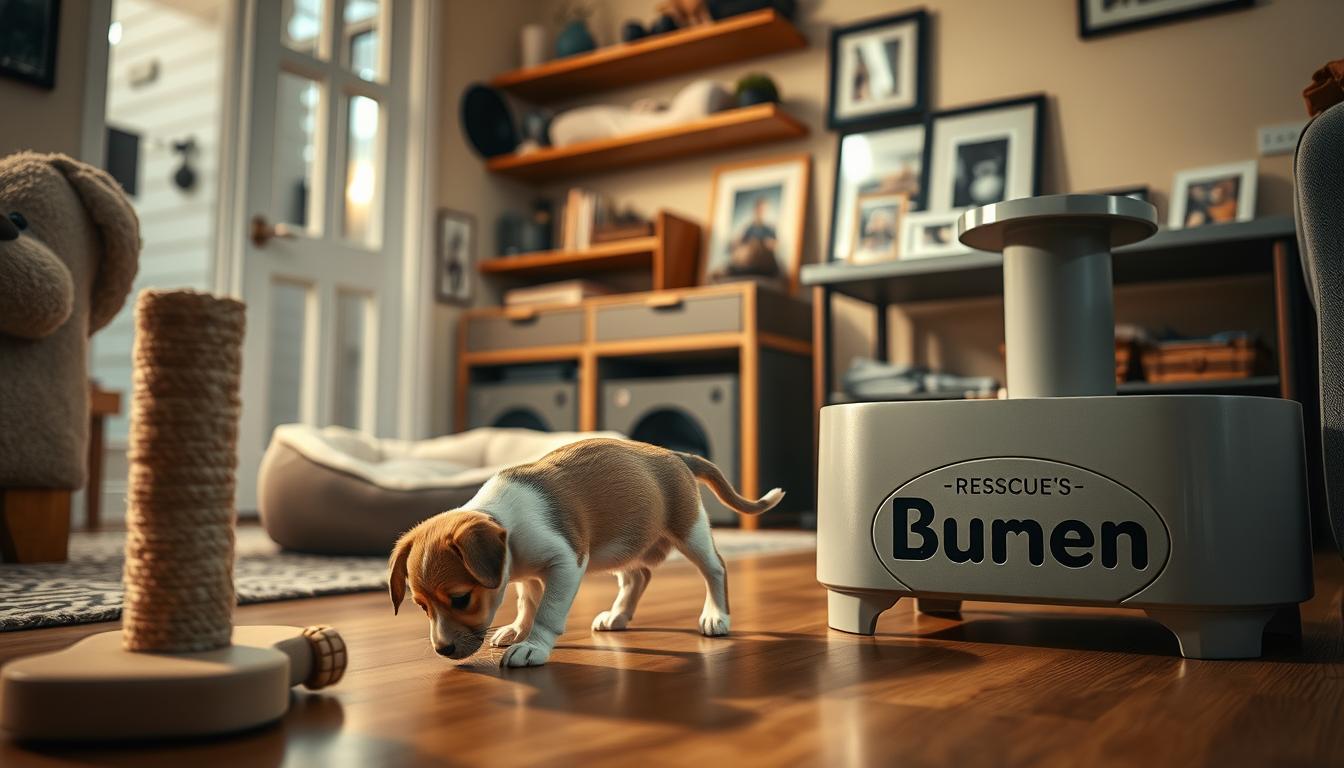Is your cat dealing with fleas? You’re not alone. Fleas can make your cat uncomfortable, cause allergic reactions, and even spread diseases.
Choosing the right flea treatment is key for your cat’s health. With so many options out there, it’s hard to pick the best one.
As a caring cat owner, you want the best for your pet. In this article, we’ll show you the top vet-approved flea treatments. This will help you choose the right one for your cat’s health.
Understanding the Flea Problem for Cats
Fleas are more than just a nuisance for cat owners. They can seriously harm your cat’s health.

Why Fleas Are Dangerous for Your Cat
Fleas can spread diseases and make your cat uncomfortable. Flea allergy dermatitis is a common issue from flea bites. It causes intense itching and skin problems. Fleas can also carry tapeworms, making it vital to control them for your cat’s health.
- Flea allergy dermatitis
- Tapeworm transmission
- Anemia due to blood loss
Signs Your Cat Has Fleas
Spotting flea infestations early is essential for flea control for cats. Look for signs like excessive scratching, red skin, and tiny dark specks in your cat’s fur. These specks are flea dirt. You might also see flea eggs or actual fleas on your cat.
- Excessive scratching or grooming
- Redness and irritation of the skin
- Presence of flea dirt or eggs
Types of Flea Treatments Available in 2025
In 2025, cat owners have many flea treatments to choose from. Each has its own benefits. It’s important to pick the right one for your cat’s safety and effectiveness.
Topical Treatments
Topical treatments are applied to your cat’s skin, usually between the shoulder blades. They are effective against fleas and also protect against ticks and mosquitoes. Products like fipronil or imidacloprid are popular choices.
Oral Medications
Oral medications are given to your cat to eat. They work from the inside to kill fleas. They’re great for cats that can’t use topical treatments or have a bad flea problem. Some start working fast, giving quick relief.
Flea Collars
Flea collars offer long-lasting protection against fleas for months. They contain ingredients like imidacloprid or flumethrin. These ingredients are released slowly to kill fleas. They’re a good choice for cats that are hard to treat with other methods.
Natural and Alternative Options
For those who prefer natural options, there are many alternatives. These include essential oil-based products, dietary supplements, and flea combs. While not as strong as chemical treatments, they are safer and more natural.
How to Choose the Right Flea Treatment for Your Cat
Choosing the right flea treatment for your cat can be tricky. There are many options out there. You need to think about what’s best for your cat’s needs.
Considering Your Cat’s Age and Health
Your cat’s age and health are key in picking a flea treatment. Kittens, pregnant, or nursing cats need special care. Some treatments might be too strong for them. Always talk to your vet to find the right treatment for your cat.
Indoor vs. Outdoor Cats
Whether your cat stays indoors or goes outside affects their flea treatment. Indoor cats might need less treatment than outdoor cats. But, indoor cats can also get fleas. So, it’s important to think about their risk too.
Multi-Pet Households
If you have more than one pet, picking a safe flea treatment is important. Some treatments can harm other animals. It’s best to use professional flea treatments for cats that vets recommend. This way, you ensure safety and effectiveness for all pets.
By considering these points and talking to your vet, you can find the best flea treatment for your cat. This will help keep them flea-free and healthy.
Best Flea Treatments for Cats in 2025: Vet-Approved Picks
In 2025, we see new ways to fight fleas. We’ll show you the best vet-approved options. It’s key to pick a treatment that works well and is safe for your cat. We’ll look at the top flea treatments, sorted by type, to help you choose wisely.
Top Topical Treatments
Topical treatments are easy to use and work well. Here are two top picks:
Advantage II
Advantage II is quick to act. It kills fleas, flea eggs, and flea larvae for a long time. It’s also waterproof, great for cats that swim or get groomed often. The easy applicator ensures your cat gets the right dose.
Frontline Plus
Frontline Plus is highly recommended. It targets fleas, ticks, and chewing lice. It kills parasites and stops new ones. It’s for all ages and easy to apply, making it a favorite.
Best Oral Medications
Oral medications are a good choice for sensitive cats. Here are two top picks:
Capstar
Capstar works fast. It starts killing adult fleas within 30 minutes. It’s good for cats with bad flea problems and can be used with other treatments. You can buy it over-the-counter and vets often recommend it.
Revolution Plus
Revolution Plus is a mix of topical and oral. It protects against fleas, ticks, and heartworms. It kills parasites and stops new ones. You need a vet’s prescription for this.
Most Effective Flea Collars
Flea collars last a long time, keeping your cat safe. Here are two top picks:
Seresto
Seresto is a favorite. It repels and kills fleas, ticks, and lice for up to eight months. It works by spreading active ingredients on your cat’s skin.
Hartz UltraGuard Pro
Hartz UltraGuard Pro is effective. It kills fleas, ticks, and mosquitoes for up to seven months. It’s waterproof, so it works even when your cat gets wet.
Recommended Natural Options
For those who prefer natural products, there are good options. Here are two natural flea treatments:
Vet’s Best Flea and Tick Spray
Vet’s Best Flea and Tick Spray is natural. It’s a plant-based formula that repels and kills fleas, ticks, and mosquitoes. It’s gentle and safe for all ages.
Wondercide Natural Products
Wondercide offers natural flea treatments like sprays and spot-ons. Their products are free from harsh chemicals. They work with your cat’s natural defenses.
Step-by-Step Guide to Applying Flea Treatments
Knowing how to apply flea treatments is key to keeping your cat flea-free. The right application method ensures your cat gets the most out of the treatment.
1. Preparing Your Cat
Before you start, get your cat ready. Brush their coat to remove tangles and mats. This makes the treatment go on smoothly. Keep your cat calm and relaxed. You can give them a gentle massage or some treats to help them relax.
2. Application Techniques for Different Treatment Types
Each flea treatment has its own way of being applied. Knowing these techniques can make the treatment more effective.
How to Apply Topical Treatments
Topical treatments go on your cat’s skin, usually between the shoulder blades. Part the fur to see the skin. Then, apply the treatment as the instructions say. Always follow the product’s directions to avoid using too much or too little.
Administering Oral Medications
Oral medications come in tablets and liquids. To give them, hold your cat’s head gently and tilt it back. Place the medication in the back of their mouth. For liquids, use a dropper for accurate dosing. Give your cat treats to make the process easier.
Fitting and Maintaining Flea Collars
Flea collars are also a good choice. To put one on, adjust it to fit your cat’s neck. Make sure it’s snug but not too tight. Check the collar often and replace it when the manufacturer says to.
3. What to Do If Your Cat Resists Treatment
If your cat doesn’t want to get treated, stay calm and patient. If they don’t like topical treatments, try oral medications or flea collars instead. If they keep resisting, talk to your vet for advice that fits your cat’s needs.
By following these steps and tips, you can make flea treatment easier for both you and your cat. This ensures they stay protected from fleas.
How to Create a Comprehensive Flea Control Plan
A good flea control plan is more than just treating your cat. It needs a mix of home care, regular treatments, and ways to stop fleas from coming back.
Treating Your Home Environment
Getting rid of fleas in your home is key. Wash your cat’s bedding and vacuum carpets and furniture, where your cat likes to hang out. Use a flea spray or fogger with an insect growth regulator (IGR) to stop flea eggs from hatching.
Establishing a Treatment Schedule
Being consistent is important in fighting fleas. Set up a regular treatment plan to keep your cat flea-free. This might mean monthly topical treatments or oral meds, based on what your vet suggests.
Preventing Reinfestation
To stop fleas from coming back, keep treating your home and watch your cat for fleas. Regular grooming and checks can catch fleas early, making them easier to handle.
By taking these steps, you can make a strong flea control for cats plan. It will keep your pet and home safe from fleas.
Monitoring and Managing Side Effects
It’s important to watch your cat’s health after using flea treatments. Professional flea treatments for cats are safe, but some cats might have side effects.
Common Side Effects to Watch For
After using recommended flea treatments by veterinarians, look for signs of discomfort. Skin irritation, too much scratching, or changes in behavior are common. If you see these, keep an eye on them to see if they get better or not.
When to Contact Your Veterinarian
If your cat has severe side effects like vomiting, seizures, or trouble breathing, get help right away. Even mild side effects that don’t go away should be checked by a vet. They can give you the best advice for your cat’s health.
Your Action Plan for Year-Round Flea Protection
Now that you know about different flea treatments for cats, it’s time to make a plan. Choose the best treatment for your cat’s age, health, and lifestyle. This will help keep your cat flea-free all year.
To prevent fleas, set up a regular treatment schedule. Also, treat your home and watch for signs of fleas on your cat. These steps will help keep your cat comfortable and healthy.
Stay ahead of fleas by updating your plan as needed. With a consistent and well-thought-out plan, you and your pet can live without fleas.

























